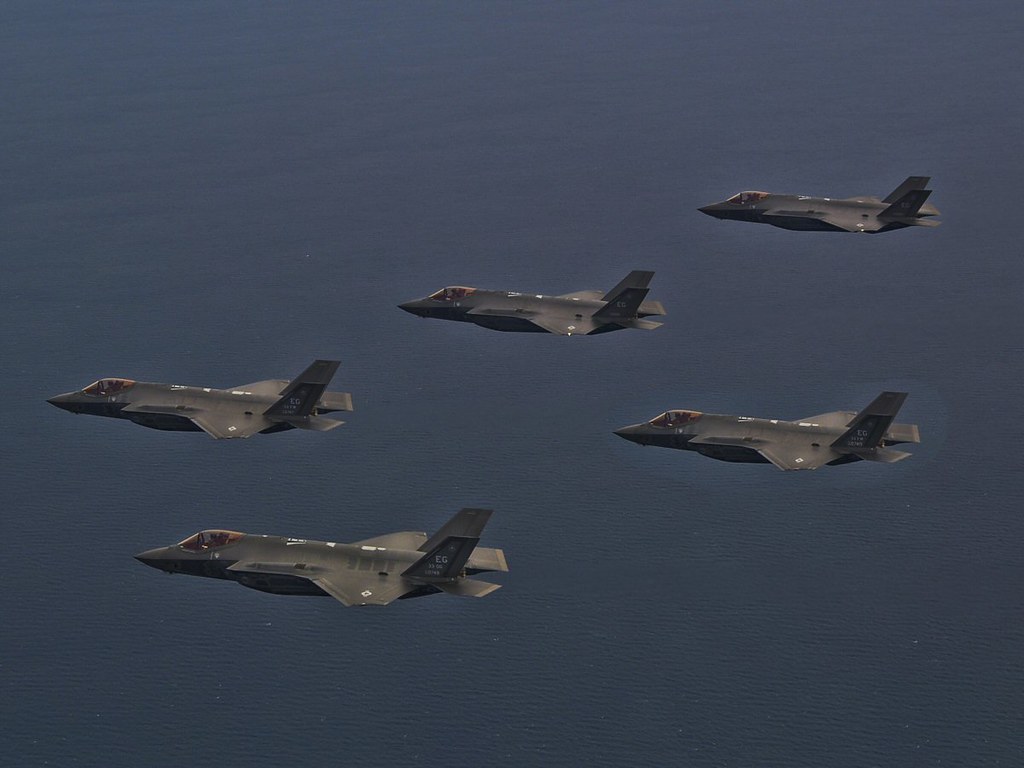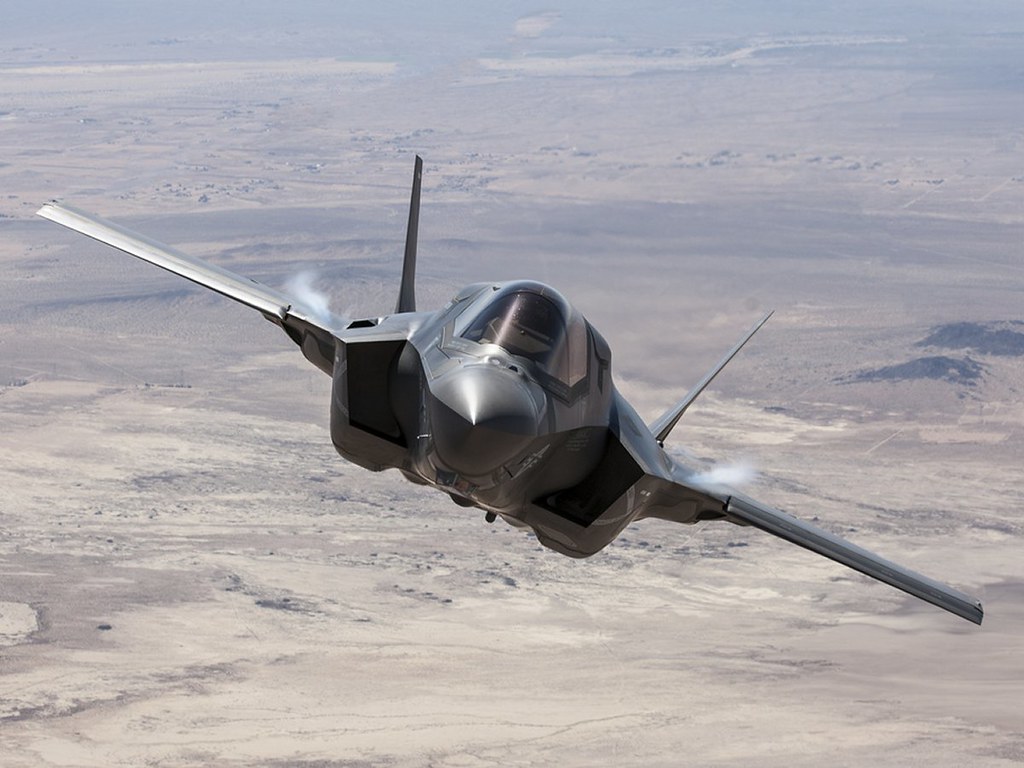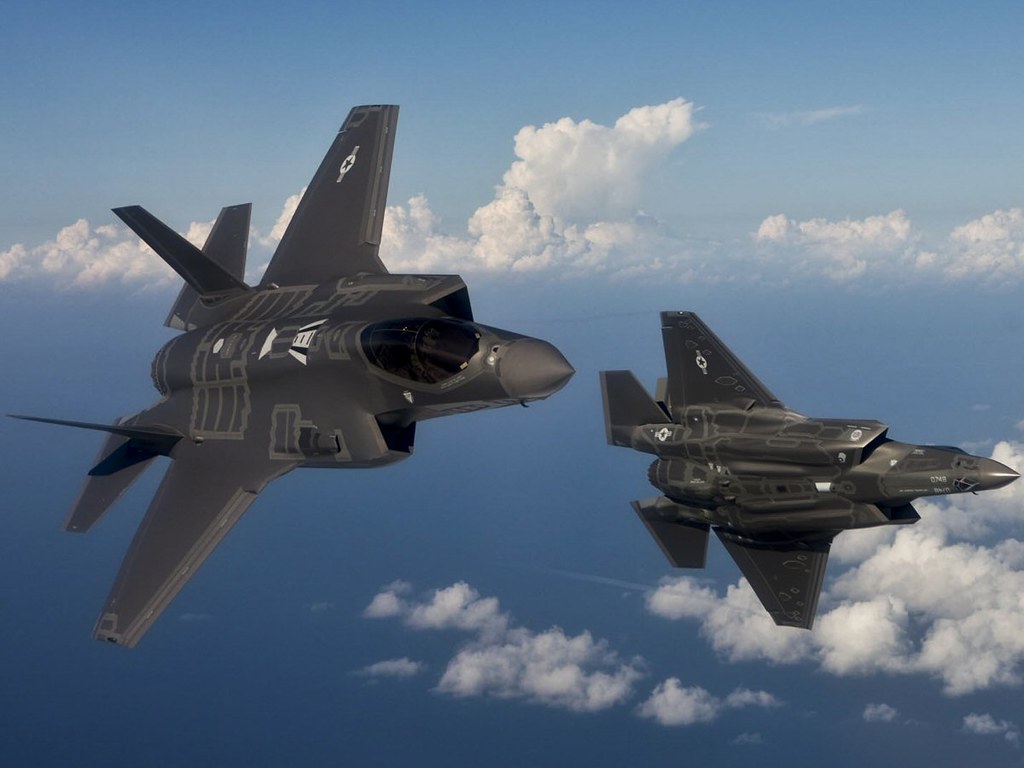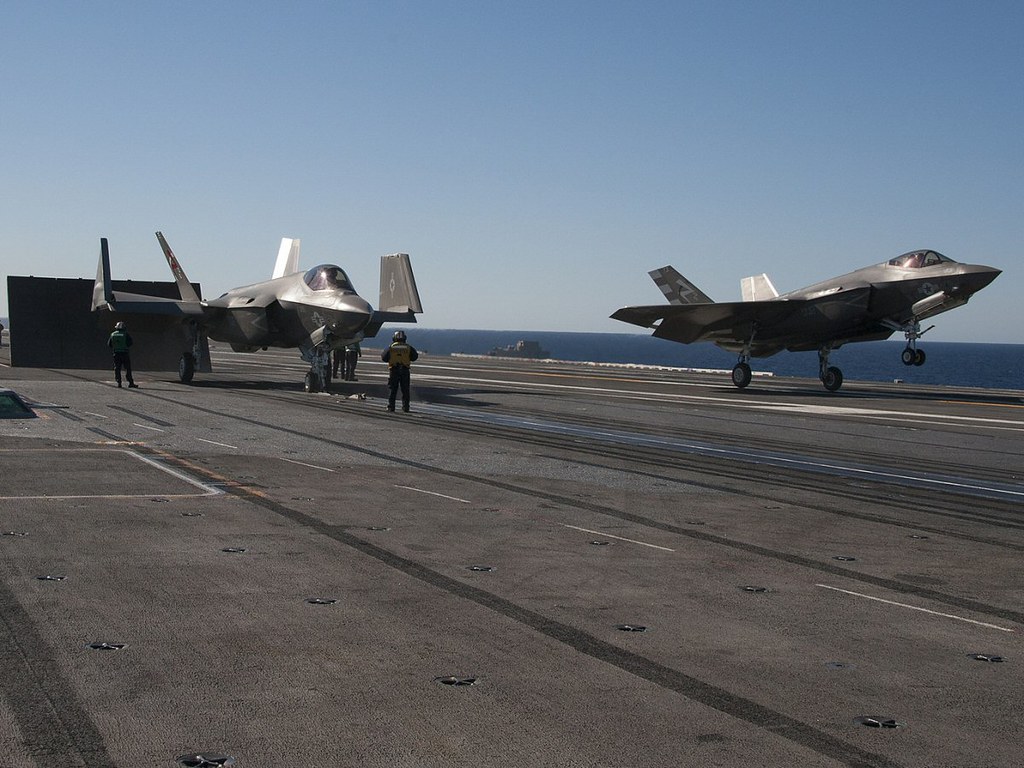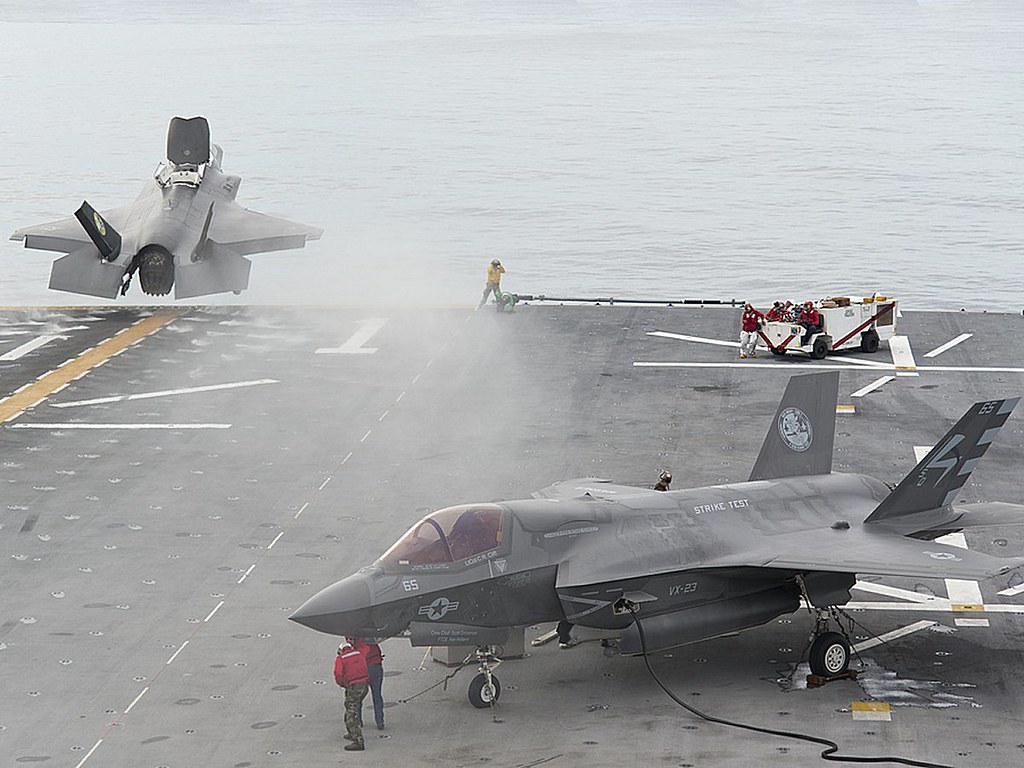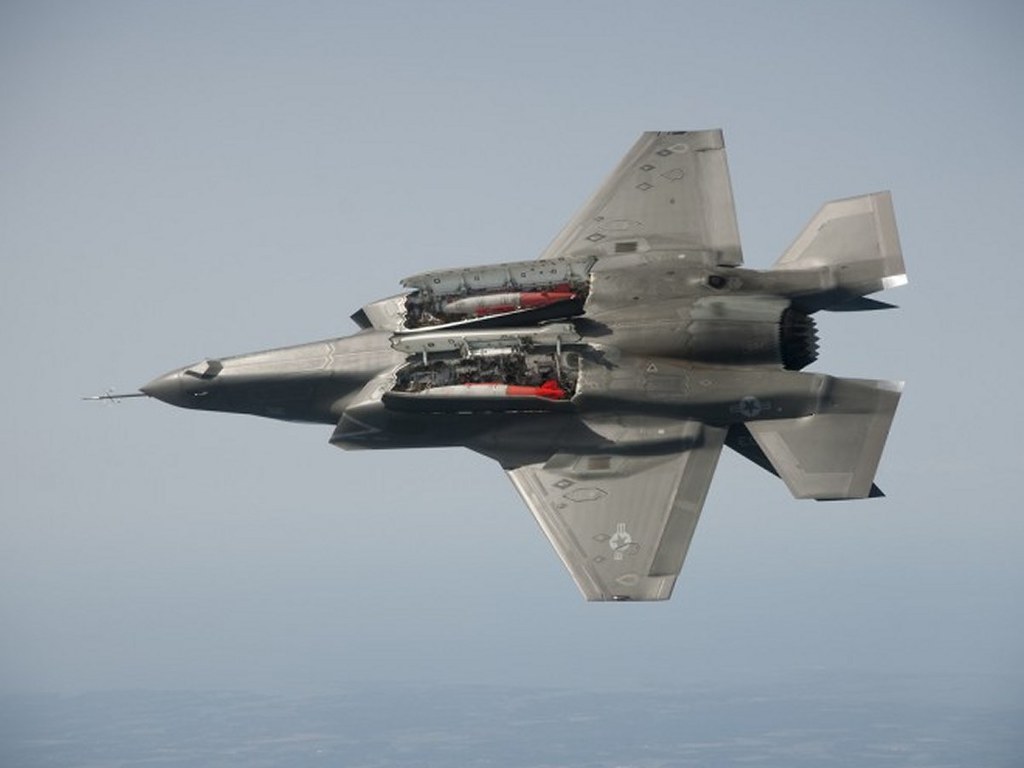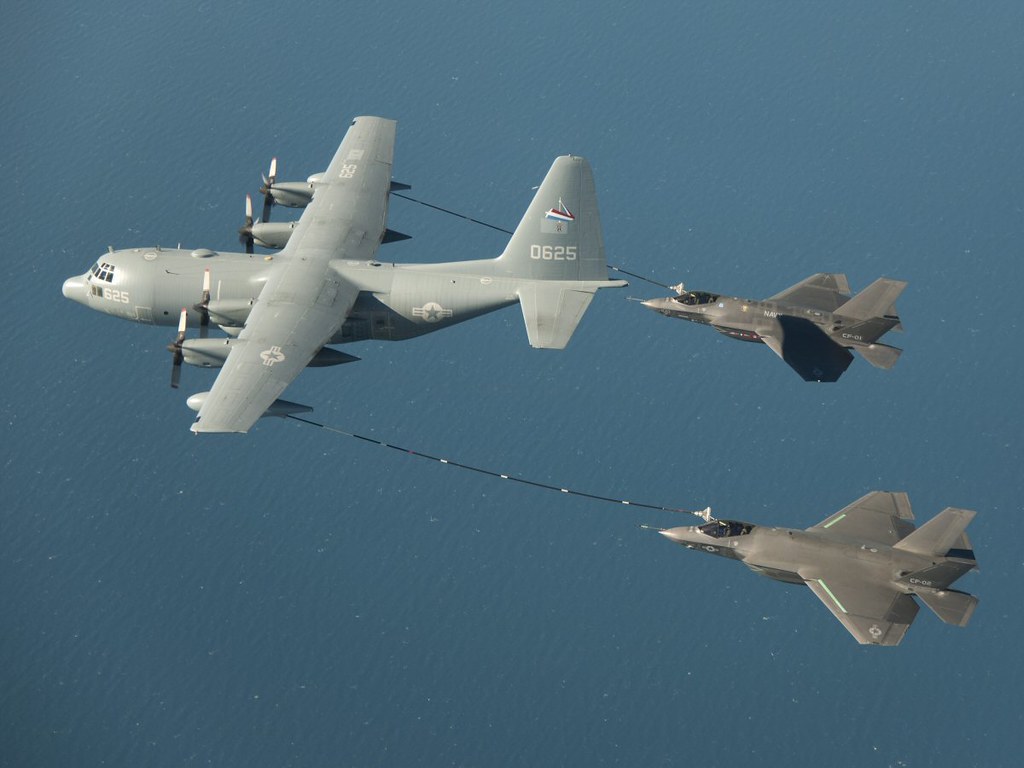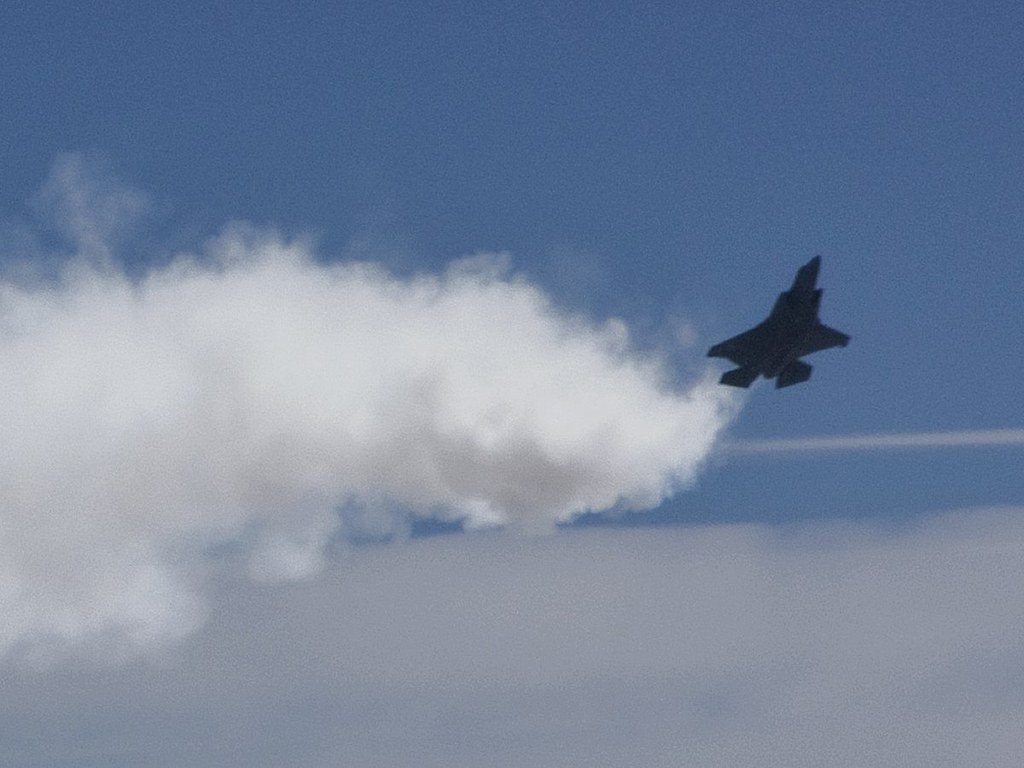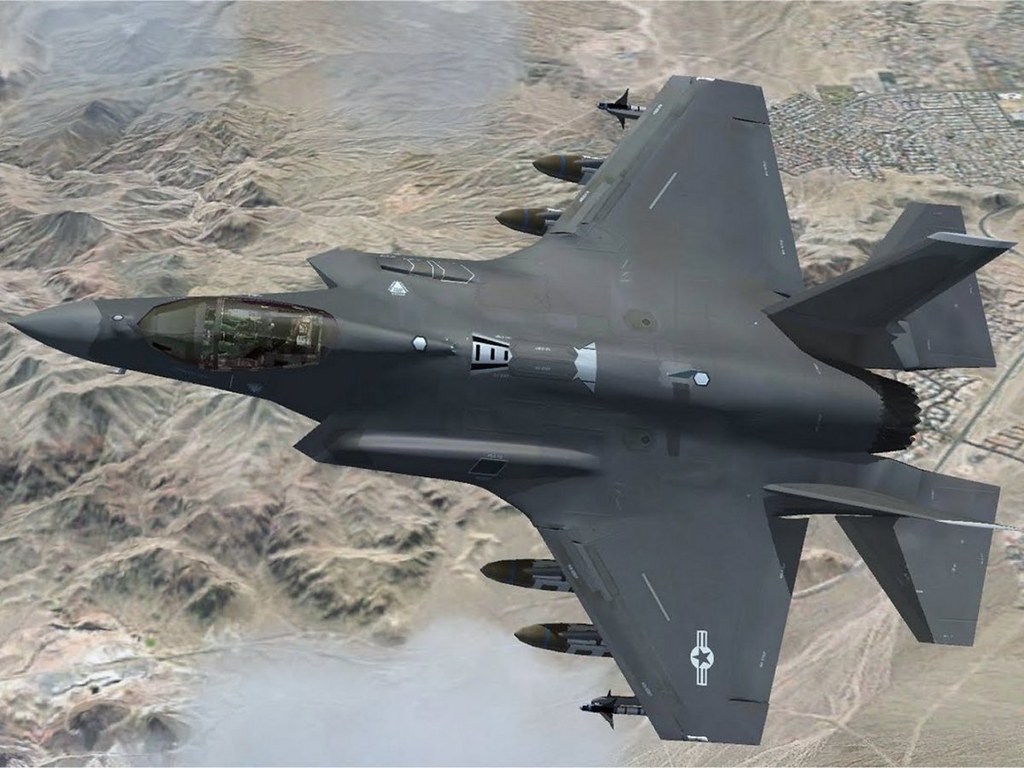F-35, competitors equally capable for most missions: report
A highly-anticipated, government-commissioned report on the F-35 and its competitors shows little difference between the four warplanes when it comes to the vast majority of missions they will be required to perform.
The only major exception is fighting against another country, though the report says such an event is “highly unlikely” to occur in the future, and even then, “the government is not obliged to undertake such a mission.”
The findings are expected to set off another round of bitter debate in the House of Commons and defence circles over whether the government should move ahead with purchasing the F-35.
In particular, critics will likely hold the report up as proof the F-35 isn’t the only aircraft that can meet Canada’s needs, and that a fair and open competition is the only way to ensure the best plane at the best price.
Tabled in the House of Commons on Wednesday, the report represents the culmination of the Conservative government’s F-35 “reset” after Auditor General Michael Ferguson blasted its handling of the stealth fighter project nearly three years ago.
Overseen by an independent panel of experts, defence officials spent a year re-examining the F-35 as well as the Eurofighter Typhoon, Dassault Rafale and Boeing Super Hornet to determine if the aircraft could adequately replace the military’s aging CF-18s.
Two versions of the report were produced, one for the government that provides a detailed breakdown of the warplanes’ capabilities, and the public version released Wednesday that removed commercially sensitive information.
The report identifies six missions Canada’s next fighter jet will be expected to fulfil. Those include defending Canadian airspace, participating in a Libya-style bombing mission, responding to a terrorist attack, and assisting in a humanitarian emergency or natural disaster.
However, the report says historically, domestic and North American missions have accounted for at least 90 per cent of the work done by Canadian fighter jets.
“Moreover, 80 per cent of the missions flown by the fleet have related to the ability to protect Canadian air space from intrusion,” it adds. “This function is projected to continue to be the most important role of the Canadian fighter capability.”
The report shows all four aircraft were capable of protecting Canadian airspace and performing four of the other missions with minimal risk. “This was due to the fact that most of these missions involve relatively low level of threat and are less onerous for fighter aircraft,” the report says.
The exception was war with another country, where some of the aircraft were at greater risk than others “due to the higher level of potential threat confronting fighter aircraft in that mission,” the report says. There are also concerns about countries rolling out new high-tech defences.
The report does not specifically identify which of the four fighter jets is best or worst, only that at least one of the planes would face significant risks in fighting another country in the 2020-2030 timeframe, and at least one would face high risks beyond 2030.
F-35 proponents, including the Conservative government and defence officials, have suggested it is the only fighter capable of countering the threat posed by advanced militaries because of its stealth characteristics.
Yet the report also says that “Canadian engagement in future state-on-state conflicts will be highly unlikely” and the more probable scenario is a combination of warfare and humanitarian assistance, as is happening in Iraq.
At the same time, the report notes that, unlike protecting Canadian air space, the government can pick and choose whether it wants to participate in foreign military interventions, with one factor being whether the new fighter jets are equipped for the mission.
France-based Dassault, which produces the Rafale, released a statement late Wednesday welcoming the report, which it says shows “that all fighter aircraft evaluated can meet the RCAF missions and deliver strong economic benefits to Canada.”
“Clearly the only way for Canada to move forward with selecting a new fighter aircraft is with a full, open and transparent competition,” it added.
The Conservative government, which has had the report since April, has refused to say whether it plans to move ahead with buying the F-35 or hold an open competition. Most analysts don’t expect a decision until after next year’s federal election.
Instead, the government has ordered the CF-18s to be upgraded to operate through 2025. The government has refused to say how much that upgrade will cost, but the report puts the cost at $400 million.
Meanwhile, a separate Industry Canada report also tabled Wednesday says the four companies had all laid out plans for bolstering the Canadian economy with jobs and other benefits should their aircraft be chosen to replace the CF-18.
“All companies demonstrated in their submissions that their previous experience working with offset programs in Canada and abroad would allow them to successfully provide benefits to Canada,” the report reads.
The Citizen reported Tuesday that a separate National Defence report showed that while officials still expect Canada to pay about $46 billion to own and operate 65 F-35s through 2052, the cost of the aircraft is continuing to rise.
Specifically, National Defence now has only $76 million in wiggle room for purchasing 65 F-35s within the Conservative government’s self-imposed $9-billion budget envelope as the price of buying the warplanes rose $266 million, or three per cent.
Defence officials estimate they will actually need more than $1 billion in contingency funds to protect against the effects of a weaker Canadian dollar, inflation and other countries cutting back on how many planes they purchase.







